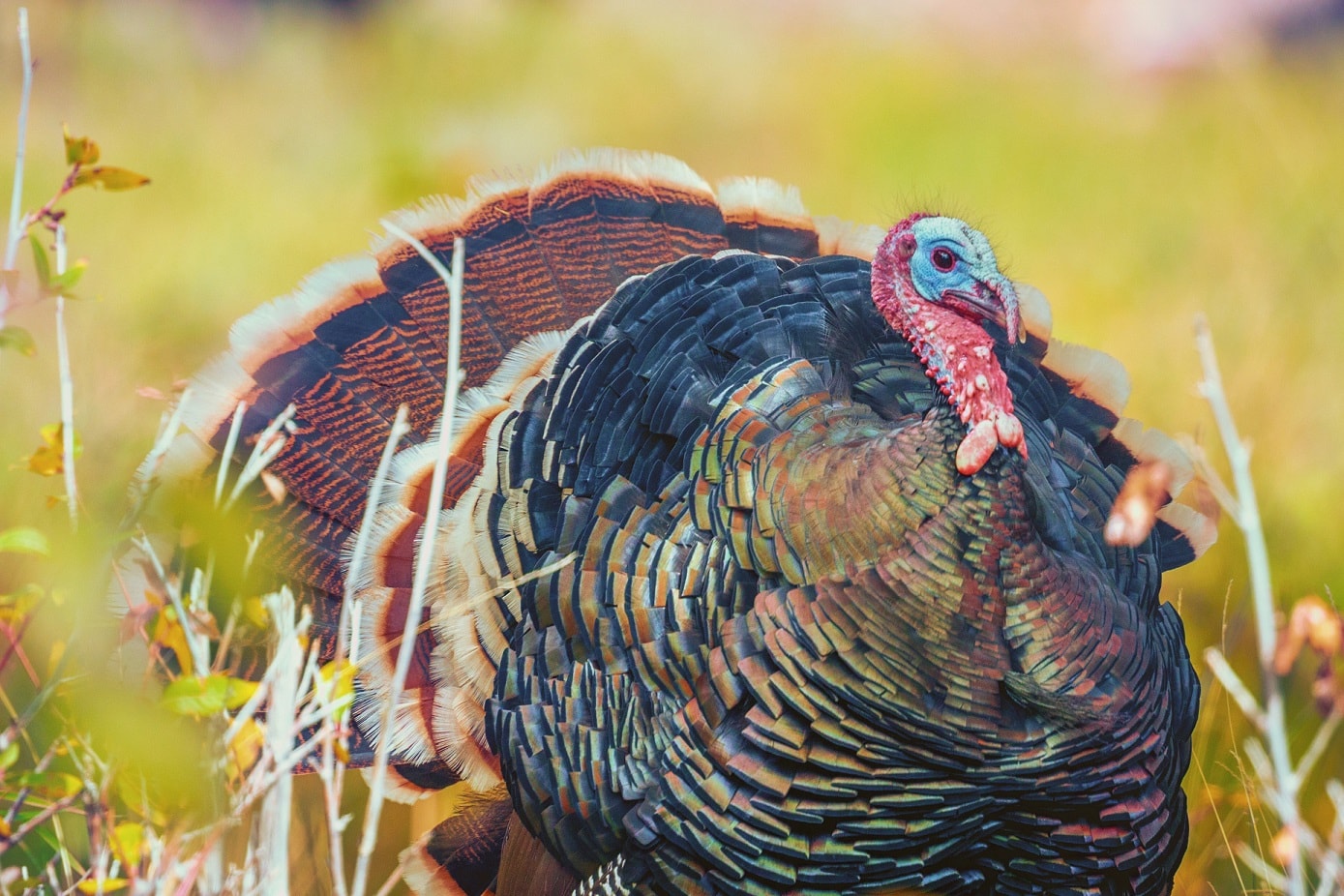Black Friday and its online counterpart, Cyber Monday, are two of the most hectic consumer “holidays” in the United States (and throughout much of the world).
These are the two days when retailers slash prices to incredibly low levels, use ‘door busters’ to siphon people into the store, and see their shelves swiped clean in a matter of hours.
Cyber Monday followed as an online retailer’s response to the (traditionally) physical Black Friday sales (though these later years have seen a blend of the two days of being online and offline).
An affiliate marketer can find great success and incredible earnings when positioning their promotions on these two days of November.
This post will detail the various strategies you can implement to absolutely dominate this Black Friday and Cyber Monday for ultimate gain and profit.
Finding Black Friday and Cyber Monday Deals
Black Friday and Cyber Monday deals are generally leaked a few weeks before the momentous dates (some hold out longer than others but it’s the Web – it’s inevitable).
The leak is your gain because, if you’re on top of the consumer pulse, you can begin to prepare days in advanced to the big days by priming your content; all you will need to do is update the page with the correct affiliate links right as the pages go live.
There are two good ways to finding these deals …
Using Black Friday & Cyber Monday Websites and Ads
Just do a Google search for “Black Friday” or “Cyber Monday” plus the current year; you’ll find plenty of specific, niche sites aimed at displaying the leaked advertisements from retailers.
Likewise, dig through forums, setup Google Alerts, and monitor the social waves for hints of Black Friday and Cyber Monday deals.
Create a spreadsheet (or just bookmark) the deals as they leak and begin forming your ideas for what you will promote to the community.
Using Your Community Preferences
The alternative route is to look at what’s sold in the past and contacting product producers if they will be running a BF/CM deal.
Otherwise, you can use your gut instinct based on your niche focus.
You’ll notice patterns in what you’ve been promoting and what people have bought throughout the year; these products will often become the big sellers on BF/CM if they’re backed by major companies that have been known to run deals during these days.
Money-Making Posts for the Sales Days
The “classic” content pieces work best during these two consumer holidays.
In no particular order – here are effective ways to drive affiliate sales through content for the events:
- Short (but informative) reviews about hot products
- A “gift list”
- A top 10 list
- A comparison
- An overview
Now, this is where things get even better because now you splinter the work, so …
- A simple “gift list” becomes: Top 5 Gifts for Her this Black Friday
- A top 10 becomes: Top 10 [Niche Product] under [$$$]
- A comparison becomes: A vote-off (constantly introducing new products)
- An overview becomes: unboxing, videos, or complimentary items
This method of content, for the two days, introduces a modifier which allows you to effectively take similar content and spread it over a wide array of product offerings.
Need a further example? Let’s modify that “gift list” type post again:
- Top 5 Gifts for Women Under 30
- Top 5 Gifts for Men Over 50
- Top 10 Gifts for Teens
- Top 7 Gifts for College Students under $100
In essence: [Top/#/The] + [Gift/Buys/Worthwhile] + [Your Niche] Products for [Community]. And so on.
You’ll have a dozen Black Friday/Cyber Monday posts before you even know it and the best part is that many of these can take most of the same lists you’re creating which reinforces the products you endorse.
Upping Conversions
Besides all the content – sales greatly rely on the affiliate program and structure of your work.
Online retailers dominate during these two days because people want to shop with online retailers which they trust. The biggest like Amazon, Walmart, and Buy.com come immediately to mind; each provides an affiliate program (so get with them ASAP).
The other element is the structure of the content – here are some tips to make the most of them:
- Include a lot of visuals (that people can click – including your affiliate link)
- (Affiliate) link over to reviews on the product pages
- (Affiliate) link almost every instance you mention the product name
- Use big, bold buttons that point people to the site (as an affiliate link, of course)
- Include a huge shop now button at the end that points people to the main site
The point is: get people to make the click.
Here’s an awesome break down provided by Social Triggers:
People are in such a frenzy to buy deals during these two days that the (often) short affiliate cookie will handle itself so there are no worries.
Preparing for the Future
One last item before you go …
Black Friday and Cyber Monday themed content, for your affiliate site, will be indexed if you forget to remove them after the two days; someone discovering your work the following year will be confused and discouraged if you forget to update these posts.
As hinted: updates make your job even easier the next year around.
Keep the future in mind when you’re creating these consumer holiday posts; write the body content without particularly calling out the specific dates (if possible) and format the product listings so they can be easily replaced the following year.
Doing a single update will have you indexed (for a year) prior to the following holidays, giving you a great edge in search rankings for your niche terms; adjust the products, tweak a few keywords, and you’re good to go!
Lastly …
You may want to go all out when it comes to promoting products during these two days but keep in mind that the competition is stiff. People will have access to endless websites with advertisements for the two days plus they’ll check out the main online retail websites.
It’s your job to create some kind of sanity to the chaos.
Use your position and authority, with your website and brand, to make real recommendations than just doing a shotgun blast approach. Remember: You’re trying to convert on the sale – not just get clicks.




